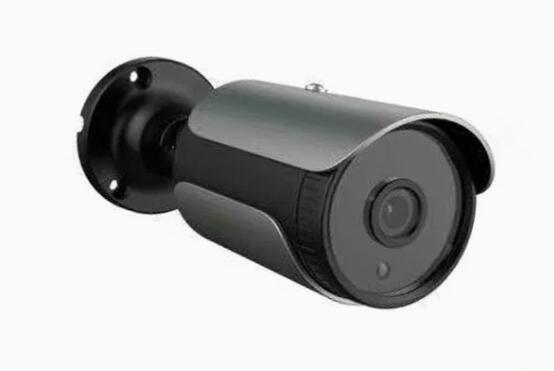Navigating the Complex Relationship Between Surveillance and Data Privacy
2024-10-26
The modern world operates on data. From targeted advertisements to government monitoring, data collection has become ingrained in our everyday lives. While data privacy seeks to protect individuals’ control over their personal information, surveillance often undermines these protections, leading to an intricate and often controversial relationship. In this blog, we’ll explore the multifaceted ways that surveillance intersects with data privacy, discussing key challenges, public sentiment, and potential paths forward.
Surveillance: An Expanding Scope
Surveillance has expanded far beyond traditional methods. Modern surveillance includes tracking people’s online activities, analyzing patterns in social media, using facial recognition in public spaces, and even monitoring biometric data through wearable devices. Each method generates data, often at unprecedented rates, which poses a challenge to data privacy norms.
Data Privacy: Safeguarding Personal Information
Data privacy is about giving individuals control over their personal information. This includes limiting data collection, protecting data against unauthorized access, and ensuring transparency regarding data usage. Data privacy is essential to maintain individual autonomy, prevent misuse of information, and uphold trust in institutions. However, the rapid expansion of surveillance technologies often encroaches upon these principles.
How Surveillance and Data Privacy Conflict
1. Lack of Transparency and Consent:
- Many surveillance practices are covert, making it challenging for individuals to understand what data is being collected, how it is used, and with whom it is shared. This lack of transparency undermines the data privacy principle of informed consent.
2. Data Sharing and Aggregation:
- Data collected through surveillance can be aggregated with other datasets, revealing sensitive information about individuals that goes far beyond the original purpose. This data can be exploited for surveillance purposes without clear guidelines or user consent, blurring the line between legitimate use and privacy infringement.
3. Retention Policies:
- Data privacy often emphasizes data retention limits to minimize risks. Surveillance, however, favors prolonged or even indefinite data storage to maximize utility, especially for security purposes. The conflict between data minimization and prolonged retention raises ethical and legal concerns about individuals’ rights to be “forgotten.”
Ethical Implications at the Crossroads of Surveillance and Privacy
1. Loss of Autonomy:
- Surveillance can undermine personal autonomy by reducing individuals’ control over their information. When people lose control over their data, they may feel powerless, leading to decreased trust in systems that are meant to protect them.
2. Risk of Abuse and Authoritarianism:
- Surveillance systems, if unchecked, can be used to manipulate or control populations. In extreme cases, mass surveillance can support authoritarian policies, as seen in some nations where citizens are routinely monitored.
3. Undermining Trust:
- Excessive surveillance erodes trust in institutions, whether they are governments, corporations, or service providers. When privacy is not respected, people may grow wary of using technology, restricting their freedom to engage fully in society.
Public Sentiment: The Debate Between Security and Privacy
Public opinion often sits at the center of debates on surveillance and privacy. Surveys show mixed opinions, with some individuals valuing security and convenience over privacy, while others are deeply concerned about privacy breaches. High-profile data breaches, whistleblower revelations, and reports of misuse have made the public more aware of the importance of data privacy, increasing calls for stricter regulations.
Navigating the Path Forward
As surveillance and data privacy remain interconnected, it is essential to find balanced solutions. Some potential approaches include:
1. Strengthening Privacy Laws:
- By enacting stricter privacy laws, governments can set boundaries for surveillance. Laws like the GDPR set precedence, but more tailored legislation may be necessary to address unique challenges posed by surveillance technologies.
2. Developing
Privacy-Enhancing Technologies:
- Technologies like encryption, anonymization, and data minimization can protect privacy without impeding security. These technologies ensure that only necessary data is collected and retained, reducing the risk of misuse.
3. Ethical Surveillance Practices:
- Organizations engaging in surveillance should commit to ethical practices, including transparency, clear data usage policies, and limited data retention. Regular audits and independent oversight can help ensure that surveillance respects privacy rights.
4. Empowering Individuals:
- Data privacy tools and awareness campaigns empower individuals to take control of their information. From data access rights to privacy-focused software, people can make informed choices about the data they share and the technologies they use.
The intersection of surveillance and data privacy brings complex issues to the forefront of modern technology and ethics. Balancing the need for security with the right to privacy is a challenging but essential task in today’s data-driven society. By fostering transparent practices, advocating for stronger privacy laws, and promoting privacy-conscious technologies, we can work toward a future where both privacy and security coexist, protecting individuals in the digital age.



